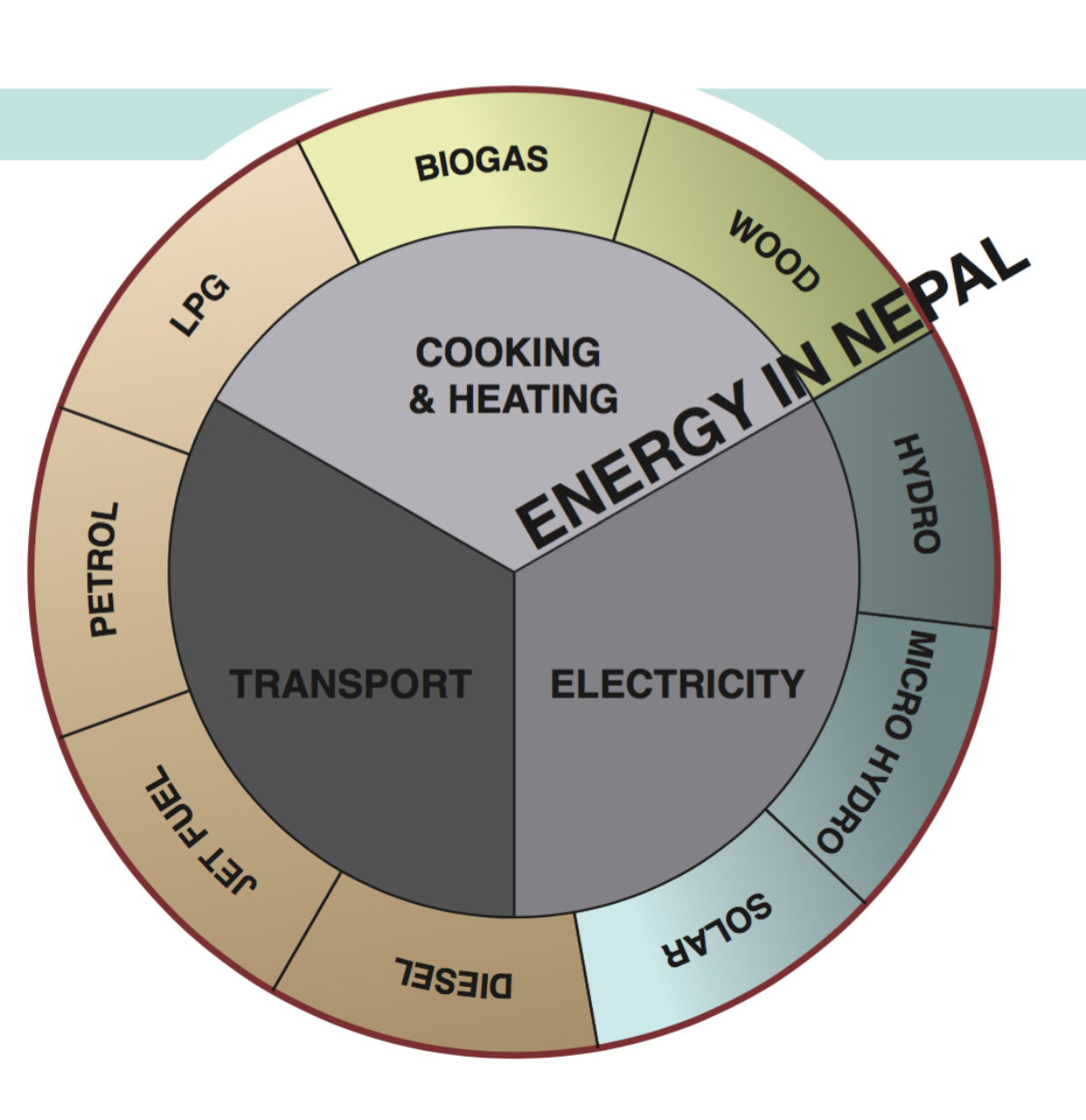Energy in Nepal: How has the fuel shortage changed the way people access and use energy?

by Justin W. Henceroth (MDes ’17) and Ashley C. Thompson (MDes ’17)
Nepal is struggling to procure and maintain a steady and suf cient supply of energy.
In response to the new constitution signed on 20 September 2015, an undeclared border blockade has created an energy shortage throughout the country. Activities reliant on fuels such as cooking, heating, and transportation have been severely curtailed, forcing people to shift fundamental energy needs, both personal and professional, to rely on secondary energy sources such as the national power grid. Since onset of the unof cial blockade, demand on the national grid has doubled, severely straining the existing system and its limited capacity. Dominated by run-of-river hydropower, Nepal’s electricity production is af- fected by seasonal ows. Load shedding is typical in the winter; however, the overwhelm- ing increase in demand has extended blackouts up to 18 hours a day. The fuel shortage is highlighting the fragility of Nepal’s energy sector.
With response and recovery from the Spring 2015 earthquakes ongoing, the blockade and collateral energy shortage comes at a crucial time. Many people throughout the country remain in temporary shelters and are at particular risk in the cold winter season. The energy shortage additionally threatens reconstruction efforts, for example by inhibiting transportation of materials and staff, and further impacts the health and safety of people throughout Nepal.
As a sector that has been predominantly dependent on imports from India, the overall energy situation is also highly politically sensitive. Fuels that can only be procured inter- nationally supply much of the country’s energy, and domestic sources of energy have not been suf ciently developed to meet demand when those are not available. Even after the border blockade is resolved, the energy sector in Nepal will remain fragile, threatening recovery and development.
Alternatively, these challenges have highlighted a number of opportunities where Nepal might shift towards more sustainable and comprehensive development of the national energy sector. According to one government of cial, the fuel shortage has reprioritized resident’s estimation of self-sufficiency regarding access to energy. Urban residents now consider alternative sources of energy, such as solar systems, a “basic necessity” to ensure energy security. This powerful new perspective is creating opportunities for innovation in energy. Initiatives that integrate more sustainable forms of energy into earthquake recovery and long-term development will contribute to long-term resilience for individuals and the nation.